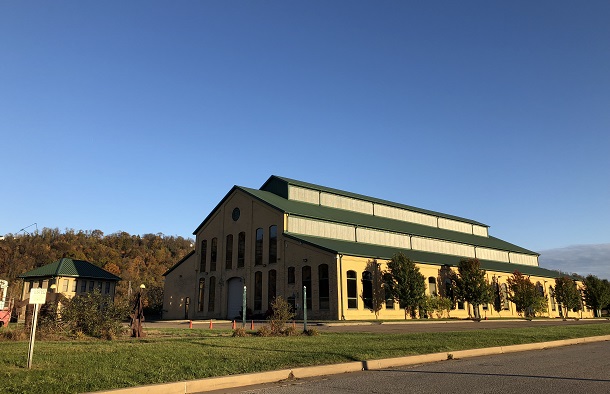Communities across the country have been dealing for decades with brownfield sites that are a legacy of their industrial past. Many of these are sites once housed companies that were giants in American business history, but today stand vacant, deteriorating and becoming a depressing reminder of lost jobs, lost tax revenue to support community needs, and lost hope for the future of the residents.
Towns, counties and economic development agencies develop plans and tout the potential these sites present, but developers shy away, concerned about the often enormous scope of environmental clean-ups and infrastructure construction and unsure of their ability to attract future tenants, given the costs and time frames required.
RIDC, which is a private, nonprofit developer with an economic development mission, has done many of these projects and we've seen that, while they often require tremendous tenacity and patience – and a balance sheet to support them for extended periods of time – developers with longer time horizons can achieve excellent results, successfully rebuilding, repurposing and revitalizing these properties and the local communities that depend on them.
One example is the 133-acre Industrial Center of McKeesport in the Pittsburgh region – the former site of a National Tube Works plant, which originally opened in 1870, and was eventually merged with US Steel's Duquesne Works, which operated until the 1980s. RIDC took over the site and, starting in 1990, began phased remediation of environmental issues, selective demolition and the sale of miscellaneous scrap at the site.
Since then, we have renovated and converted four existing buildings and constructed two new facilities. We own eight buildings in the park totaling over 733,000 square feet, which are home to eight companies that employ over 200 people.
RIDC's City Center of Duquesne is another property which, like McKeesport, is located in an area of Pittsburgh known as the Mon Valley (near the Monongahela River), and it provides another case in point. A former Duquesne Steel Works site, RIDC was asked by Allegheny County to acquire and redevelop the 240-acre site in conjunction with the McKeesport Area Recovery Plan. We embarked on redeveloping this site in 1987, at a time when the adaptation of existing industrial sites was not common. Over the years, in addition to the environmental remediation and infrastructure improvements, we have renovated six existing buildings and recently built a new 30,000 square-foot flex building. Today in total, RIDC's City Center of Duquesne is home to 15 companies, employing nearly 700 people. Seventy-eight acres remain available for development.
In both these cases, success has taken decades, but it is now taking hold, at these projects and the communities around them. We had a vision for these properties at the outset, belief in the future of these communities, and both the willingness and the financial wherewithal to invest initially in preparing the sites for development and continue to invest in them, market them, and stick with them over time, even though we faced challenges.
Today, there are many strong signs of economic progress in this community, and we are proud to have been there at the beginning, investing in the future and believing revitalization was possible. Just recently, the State announced it would provide grant funding to the City of McKeesport for redevelopment activity and to several other industrial sites for remediation work. In addition, US Steel announced a new investment of $1 billion in its plants in the area, and other new companies continue to move in and expand, not only at RIDC sites, but in the surrounding Mon Valley generally.
Having this type of track record as a developer can be valuable for a variety of reasons. When a development plan is proposed in any community, residents and local government officials want to know that the developers – particularly in connection with large projects – are going to see things through and not abandon them if they hit obstacles. Governmental entities are more willing to partner with such developers – ensuring community needs are met and often making vehicles available for funding grants and loans.
Government officials usually recognize that large projects of this type require private sector expertise and deep experience in development, but they want to be comfortable that their development partners have the community's interests at heart. Public institutions, like universities, recognize the benefits of working with developers who can combine that public service mentality with deep expertise and relationships in relevant economic sectors – and a sufficient bottom line orientation to ensure success.
The strong economy and building booms that have taken place in many parts of the country in the past decade have prompted widespread development of new projects, but properties that are clean, shovel ready, primed for construction and for which there is a clear market, are always at the top of everyone's list. Right now, they are in short supply.
That's an additional motivation for developers to consider large, complex brownfield properties. Adjusting their time horizons, their risk tolerance and their expectations can open up extraordinary opportunities to breathe new life into properties that have languished for years.
Donald F. Smith, Jr., is the president of RIDC of Southwestern Pennsylvania.
© Touchpoint Markets, All Rights Reserved. Request academic re-use from www.copyright.com. All other uses, submit a request to [email protected]. For more inforrmation visit Asset & Logo Licensing.







